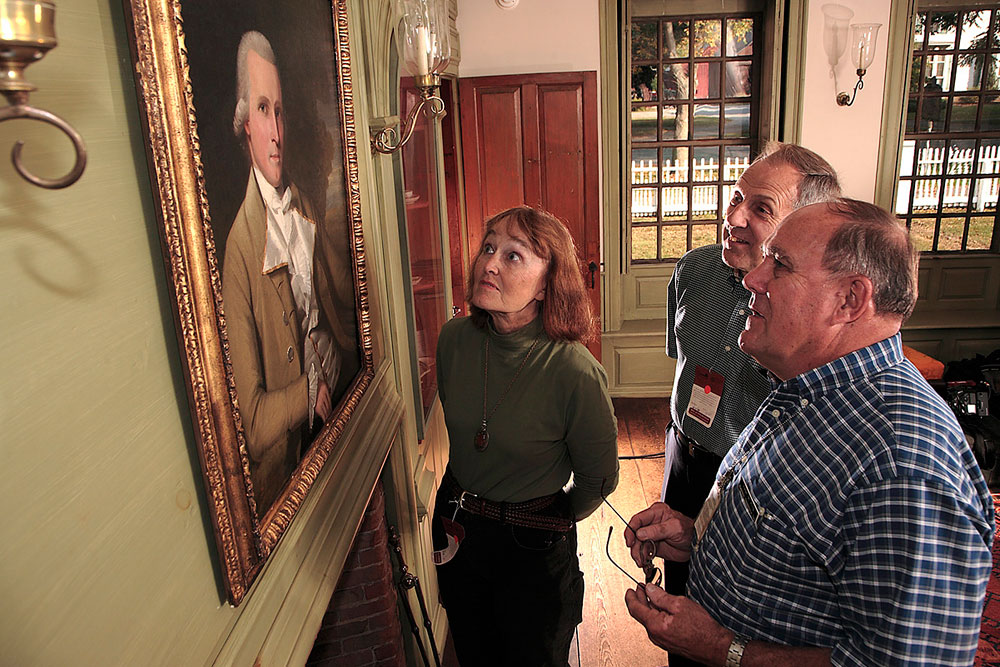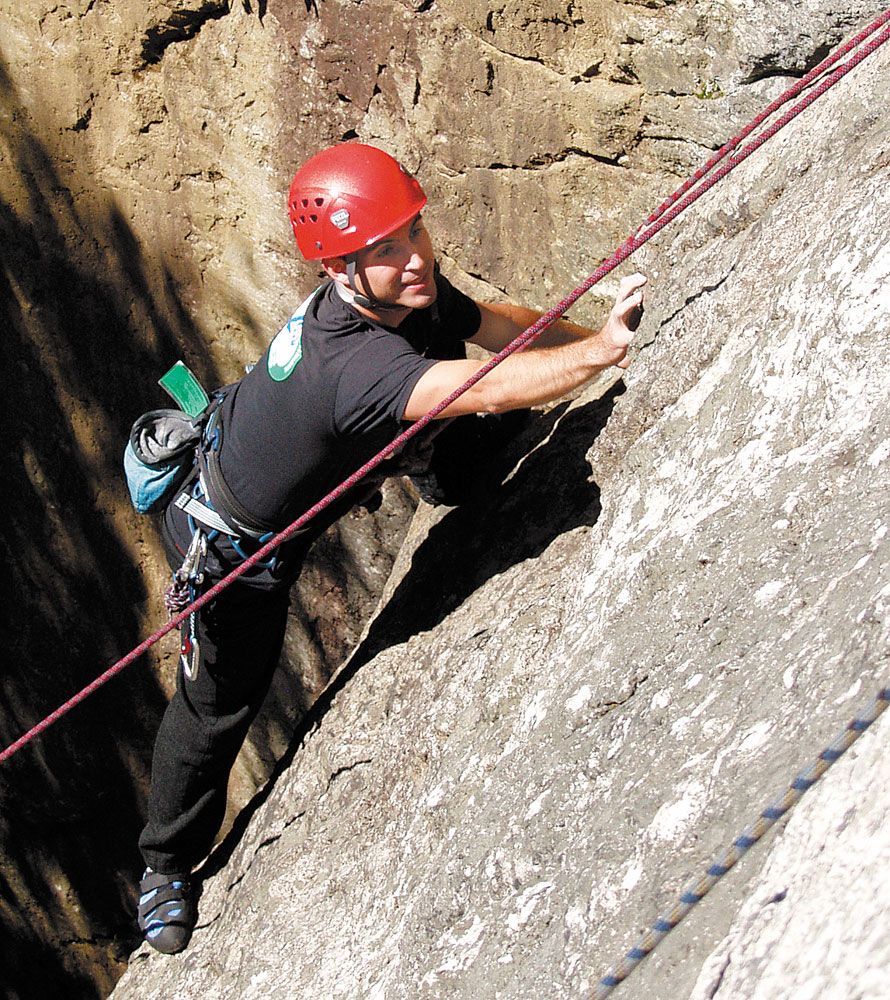Their population considerably reduced by disease from early contact with European explorers, the native people were not able to effectively protect their homelands. With English intervention from their settlement in the lower Connecticut River Valley and the Dutch in the lower valley of the Hudson River in New York, Political unrest was established between the agricultural Pocumtuck and the expansionist Mohawk. The Europeans wanted the Indian lands, and pitting one tribe against the other seemed a good way to accomplish their goal.
The English and Dutch arranged a "peace" conference between the two tribes. However, a Mohawk of high tribal standing was killed and the Pocumtuck people were blamed. The furious Mohawk sent their warriors quickly over the Indian Trail and annihilated the Pocumtuck settlements. The English now had no resistance to their advancement up the Connecticut River. Moreover, the Dutch took the opportunity of the Mohawk's diverted attention to pursue their interests farther up the Hudson River. With place names, then as now, the recognition goes to the victor..."The Mohawk Trail".
During the Colonial period many notable personages traveled "The Trail". Metacomet, called King Philip by the English, traveled "The Trail" about 1676 in an unsuccessful effort to recruit the Mohawk. King Philip's War also proved unsuccessful in stopping the European invasion.
Nearly 100 years later, Benedict Arnold, still an American patriot, traveled the Mohawk Trail to Fort Ticonderoga, New York. Starting in Boston, he recruited additional troops in Deerfield and headed to the English held fort. He captured their cannon and returned with the artillery to Boston via the Indian Path. For whose who wish, part of the original footpath can be hiked today in the Mohawk Trail State Forest.
With the Indian Wars over, the white settlements concentrated on more trade with each other. North Adams became a booming industrial town and the old trade route between Boston and Western Massachusetts became more vital. Widened and graded, the old trail became a road to better support the increasingly heavy traffic. In 1914, the road was improved again and in October of that year, the Mohawk Trail was designated a scenic tourist route by the Massachusetts legislature. Since then the reputation of the Mohawk Trail as a scenic route has continued to grow over the years. The National Geographic Traveler selected the Mohawk Trail as one of 50 such scenic routes in the United States. The American Automobile Association also chose "The Trail" for scenic recognition, as has the federal government in one of its national programs.
The Mohawk Trail has gained a world wide reputation for its scenic beauty, both natural and man-made. It carries on its ancient trade route heritage via the many unique shops, inns and villages that line its path. The Mohawk Trail truly is a "highway of history."









